304 stainless steel is one of the most widely used stainless steel materials globally, known for its excellent corrosion resistance, high strength, and good formability. With a density of 7.93 g/cm³, it contains 18%-20% chromium and 8%-10% nickel, earning it the nickname "18/8 stainless steel" in the industry.
Thanks to its resistance to temperatures up to 800°C, high toughness, and outstanding processing performance, 304 stainless steel is extensively used in industrial applications, furniture decoration, as well as the food and medical industries.
However, it’s important to note:
Not all 304 stainless steel is food-grade.
While standard 304 stainless steel meets general chemical composition standards, food-grade 304 stainless steel requires stricter control of heavy metal contents, with allowable fluctuations in chromium and nickel percentages but stricter restrictions on elements like lead and cadmium to ensure safety.
When bending 304 stainless steel round pipes, special attention must be given to achieving smooth curves, accurate angles, and preventing cracking or bursting during the process.
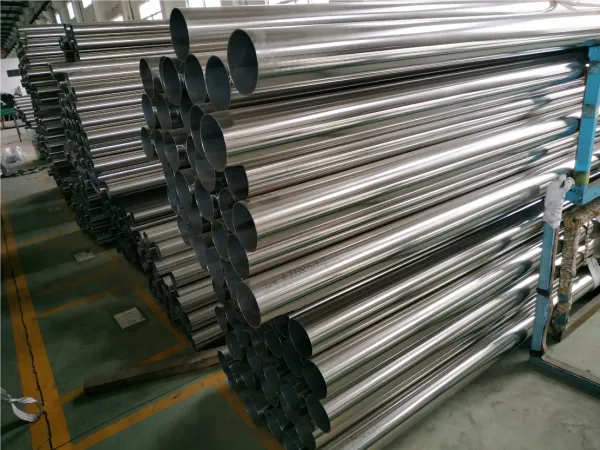
Round Tube Bending Methods
There are two main bending methods for 304 stainless steel round pipes: hot bending and cold bending.
1. Hot Bending Method
Hot bending involves heating the bending area to soften the material before applying force. Here's how it's done:
Prepare several rollers on an arc bender according to the outer diameter of the pipe.
Secure the rollers firmly onto an iron plate.
Fill the 304 stainless steel pipe with fine dry sand to prevent deformation.
Plug both ends of the pipe tightly with wooden plugs.
Apply uniform flame heating at the bending point, then gradually bend the pipe along the rollers.
This method is suitable for pipes with larger diameters or thicker walls that would be difficult to bend at room temperature without cracking.
2. Cold Bending Method
Cold bending, on the other hand, does not require heating:
Set up multiple rollers based on the pipe diameter.
Secure the pipe and apply mechanical force to bend it at room temperature.
For thin-walled stainless steel pipes, internal mandrels may be used to prevent wrinkling during the bending process.
Cold bending offers better surface finish and dimensional accuracy, but requires more precise control to avoid cracking, especially for tight radius bends.
Challenges in Bending 304 Stainless Steel Pipes
Processing 304 stainless steel presents several challenges:
High Cutting Force and Temperature: The high toughness and strength of 304 stainless steel mean more cutting force is required, which generates significant heat.
Tool Wear: The heat and friction easily wear down cutting tools, so wear-resistant and high-temperature-resistant tool materials are necessary.
Low Thermal Conductivity: Stainless steel’s low thermal conductivity leads to localized overheating, affecting surface finish and tool life.
Work Hardening: 304 stainless steel tends to harden rapidly when deformed, making it even harder to cut or bend if not handled properly.
Chip Formation Issues: Stainless steel tends to stick to cutting tools, forming built-up edges that can damage the workpiece surface.
To mitigate these issues:
Use sulfurized cutting oils or high-performance coolants.
Employ sharp, durable tools made from carbide or coated high-speed steels.
Control processing speed and feed rate to avoid excessive heat buildup.
Workers performing stainless steel pipe bending must possess strong technical skills and rich processing experience.
Key Precautions for Bending 304 Stainless Steel Round Pipes
When bending 304 stainless steel pipes, attention to the following details is critical:
1. Bend Radius (R)
The bending centerline radius (R) should be at least 1.5 to 2 times the pipe diameter.
If the bend radius is too small, the pipe may flatten or crack at the bend.
For consistency, the bend radius for the same project should remain the same, ensuring compatibility with bending molds and dies.
The straight section on both sides of the bend should be at least 2 times the pipe diameter to allow proper clamping and prevent slippage during bending.
2. Pre-drilled Process Holes
For pipes that require welding after bending, process holes should be reserved to allow welding slag to escape, ensuring clean and strong welds.
3. Material Machinability
Stainless steel’s high toughness requires lower machining speeds but higher feed rates to counteract work hardening.
Efficient chip removal and coolant application are essential to maintain tool life and surface quality.
Always monitor and adjust parameters based on the material’s response during bending or cutting.
Conclusion
Understanding the bending process of 304 stainless steel pipes is crucial for achieving high-quality results in both industrial and commercial applications. Whether using hot bending or cold bending, maintaining proper techniques, controlling processing parameters, and using appropriate tools and lubricants are all key factors.
As 304 stainless steel is widely used across industries due to its excellent corrosion resistance, strength, and formability, mastering its processing techniques will greatly improve product quality and production efficiency.
For projects requiring food-grade 304 stainless steel, be sure to select materials that meet strict chemical composition and heavy metal content standards to ensure safety and compliance.
By following these best practices, manufacturers and craftsmen can produce durable, aesthetically pleasing, and structurally sound
stainless steel products.






 English
English Español
Español بالعربية
بالعربية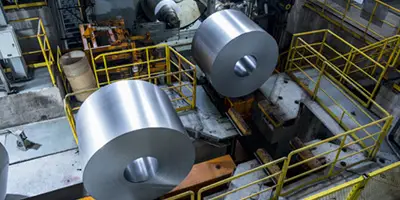

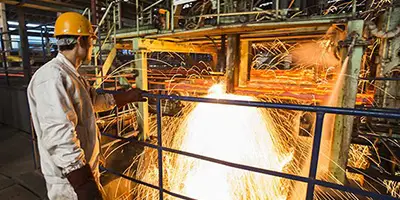
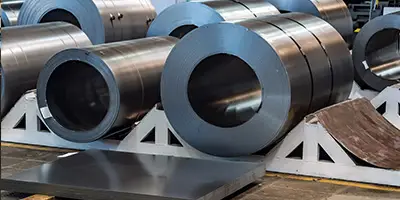

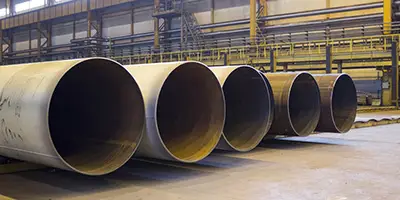

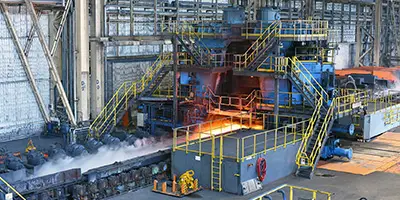
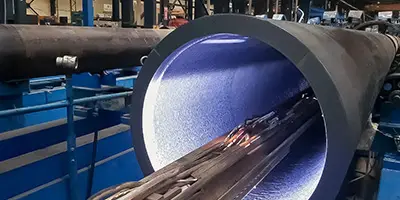
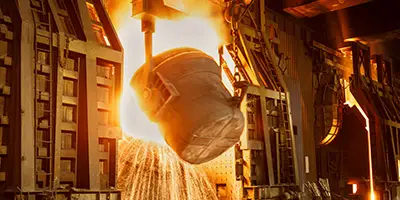


 Phone :
Phone :  Whatsapp :
Whatsapp :  Email :
Email : 


